Blue Tansy Benefits : Nature’s Secret Weapon for Radiant, Healthy Skin
| Authored by: Abhishek Ranjan Jha |
| Reviewed by: Kapil Dhameja |
| Estimated Reading Time: 6 minutes |
Sensitive skin is the worst sometimes, isn’t it? One minute your face is calm, the next it’s red, itchy, or throwing a full-on fit because you tried a new cleanser or the weather changed. Finding something that actually soothes it without causing more drama feels like searching for a needle in a haystack. But lately, I’ve been hearing all about blue tansy, this bright blue essential oil that’s got everyone in the skincare world buzzing. It’s showing up in fancy serums, face oils, even masks, and people swear it’s a lifesaver for sensitive skin. So, what’s blue tansy all about? Why’s it such a big deal for folks with fussy skin? Let’s dive in, talk about what it is, what it does, how to use it right, what to pair it with, and whether it’s cool for everyone.
|
Table of Contents |
What is Blue Tansy?

To start with, the blue tansy isn’t some magical blue flower growing in a Indralok (Divines's abode). It’s actually a plant called Tanacetum annuum, with little yellow flowers, and it comes from places like Morocco and the Mediterranean. The blue part? That happens when they steam-distill the plant—flowers, leaves, stems, the whole deal—and a compound called chamazulene comes out, giving blue tansy oil its gorgeous, almost sapphire-like color. It’s honestly one of the prettiest oils out there, and it’s not just about looks; it’s packed with stuff that’s amazing for your skin.
Blue tansy is related to chamomile, which is probably why it’s so good at calming down angry skin. People have been using it for ages—think ancient Greeks, Egyptians, even in Chinese medicine—for things like soothing inflammation or easing allergies. These days, you’ll spot blue tansy in high-end skincare products, like those pricey serums or face oils that make you question your budget. It’s got compounds like chamazulene, camphor, sabinene, and a-bisabolol that make it a total rockstar for sensitive skin. But fair warning: it’s not cheap. Harvesting blue tansy is a lot of work, so it’s one of those luxury essential oils that comes with a price tag.
Blue Tansy Benefits

-
Fights Inflammation: If your skin gets red or puffy just from looking at a new product, blue tansy’s got your back. That chamazulene I mentioned is a heavy hitter for calming inflammation, which is awesome for stuff like rosacea or eczema. Another compound, sabinene, helps chill things out too, so your skin stops freaking out.
-
Soothes Redness: Sensitive skin loves to turn tomato-red at the worst times, right? Blue tansy’s a-bisabolol is like a magic eraser for that flushed look. It calms irritation fast, especially if your skin’s mad about weather, stress, or a product that didn’t vibe.
-
Helps Skin Heal: The camphor in blue tansy can help your skin bounce back from things like minor burns, rashes, or acne scars. There’s even a study (on mice, not people, but still cool) showing camphor helping with UV damage and wrinkles.
-
Antioxidant Power: Sensitive skin gets beat up by free radicals, which can make it age faster or get more irritated. Blue tansy’s chamazulene and a-bisabolol act like antioxidants, fighting those free radicals and keeping your skin barrier strong.
-
Balances Oily Skin: Got sensitive skin that’s also acne-prone? Blue tansy can help regulate oil production and fight acne-causing bacteria, so you get fewer breakouts without drying out your face.
-
Calms Your Mind: Blue tansy smells amazing—like sweet, herby, almost apple-like. It’s not just good for your skin; it’s like a mini spa session that reduces stress, which can help prevent stress-related flare-ups.
These benefits are why blue tansy’s got such a fan club, though there’s not a ton of clinical research out there yet. Most of what we know comes from skincare pros and people who’ve tried it and seen their skin calm down. If you’ve got sensitive skin, it’s definitely worth a look.
How to Use Blue Tansy Safely
Before you go dumping blue tansy all over your face, hold up. This stuff is strong, and sensitive skin doesn’t mess around with potent ingredients. Here’s how to use it without causing a problem:
-
Dilute It: Never use blue tansy straight from the bottle—it’s way too intense and could irritate even tough skin. Mix it with a carrier oil like jojoba, coconut, or sweet almond at about 1-2 drops per teaspoon of oil (0.5-1% dilution). That keeps it gentle for sensitive skin.
-
Patch Test: Always test it first. Rub a tiny bit of your diluted blue tansy mix on your inner arm and wait 24-48 hours. If there’s no redness, itching, or burning, you’re probably good to go.
-
Use Pre-Made Products: The easiest way to try blue tansy is in products that already have it, like Herbivore’s Lapis Face Oil or May Lindstrom’s Blue Cocoon. They’re formulated for sensitive skin, so the blue tansy’s already at a safe level.
-
Spot Treat Acne: Got a zit or red spot? Mix blue tansy with a carrier oil and dab it on with a cotton swab at night. The blue color might tint your skin a bit, so don’t do this before a big meeting unless you’re cool with a Smurf vibe.
-
Diffuse for Aromatherapy: Add 3-4 drops of blue tansy to a diffuser for that calming scent. Just make sure the room’s got good airflow, especially if you’ve got pets or asthma, since the camphor can be intense.
-
Avoid Sensitive Spots: Keep blue tansy away from your eyes, inner ears, or any broken skin. It’s not worth the risk of irritation.
Oh, and don’t overdo it. Blue tansy’s pricey and potent, so a little goes a long way. Use it sparingly to save your skin and your wallet.
Best Ingredients to Pair with Blue Tansy
Blue tansy’s awesome, but it gets even better when you team it up with other ingredients that sensitive skin loves. Here are some great ones to mix it with:
-
Jojoba Oil: This oil’s basically your skin’s twin—it mimics natural sebum, so it hydrates without clogging pores. Mix it with blue tansy to deliver those soothing compounds deep into your skin.
-
Hyaluronic Acid: The hyaluronic acid is known for pulling moisture into your skin, which is simply awesome if your sensitive skin’s also dry or dehydrated. Pair it with blue tansy for hydration plus calming vibes.
-
Rosehip Oil: Packed with antioxidants and fatty acids, rosehip oil helps repair skin and reduce redness. With blue tansy, it’s a dream team for sensitive skin that’s also showing some fine lines.
-
Chamomile Extract: Since blue tansy’s related to chamomile, pairing it with chamomile extract doubles down on the soothing power. It’s great for redness or irritation.
-
Aloe Vera: Aloe’s cooling and healing, which goes so well with blue tansy’s anti-inflammatory effects. Together, they’re amazing for sunburns, rashes, or angry acne.
-
Tallow: Grass-fed tallow’s super nourishing and supports your skin barrier. Products like TUTTOFARE’s Roman Blue Tallow Balm mix it with blue tansy for extra hydration and protection.
You can find these combos in ready-made products or mix your own at home—just make sure to dilute properly and patch test.
Is Blue Tansy Safe for Everyone?

Blue tansy’s great, but it’s not for everyone. Here’s what you need to know:
-
Allergies: Some people might be sensitive to blue tansy’s compounds, like chamazulene or camphor. Patch test every time, and stop using it if your skin gets mad—think redness, itching, or burning.
-
Pregnancy/Breastfeeding: There are different views of different experts. Some might say it's okay to use it during pregnancy or nursing while some can strictly oppose it's usage because of potential toxicity. Hence, instead of going for any blind choice, it's better to consult your doctor before making any choices regarding the usage.
-
Asthma or Respiratory Issues: The camphor in blue tansy can irritate some people’s lungs, especially if you’ve got asthma. The American Academy of Asthma, Allergy & Immunology says essential oil diffusers might not be great for asthma folks, so check with a doc.
-
Pets: Blue tansy’s not safe for dogs or cats—they don’t handle essential oils well. Don’t diffuse it near them or put it on their skin or fur.
-
Staining: That blue color can leave stains on your skin, clothes, or diffuser temporarily. Dilute it well and clean up after use.
-
Not Common Tansy: Don’t confuse blue tansy (Tanacetum annuum) with the common tansy (Tanacetum vulgare). The common tansy is toxic and strictly not for skincare. Buy from trusted brands to avoid fake products.
Conclusion
Blue tansy is not merely a pretty blue oil—it’s a well- known game-changer for sensitive skin. With its knack for calming inflammation, reducing redness, and even helping with acne, it’s no wonder skincare lovers are obsessed. Plus, that sweet, herby scent makes your routine feel like a mini spa day, which is a win for both your skin and your stress levels. Just use it carefully—dilute it, patch test, and maybe don’t diffuse it around your cat. Pair it with stuff like jojoba or aloe, and you’ve got a recipe for happy, calm skin. If you’re tired of your sensitive skin acting up, blue tansy might just be the soothing superhero you’ve been waiting for. Give it a try and see why it’s got everyone talking.
Frequently Asked Questions
1 What does Blue Tansy do for your skin?
Blue Tansy is a powerful natural ingredient for your skin. It helps soothe redness and inflammation, helps reduce acne, protects against free radicals, and promotes radiant, healthy skin.
2 Can Blue Tansy help with acne-prone skin?
Yes. Blue Tansy contains anti-inflammatory and antibacterial properties, which help reduce breakouts, calm irritation, and prevent future acne formation.
3 How do I use Blue Tansy on my skin?
You can use skincare products containing Blue Tansy oil or you can dilute blue tansy essential oil before applying it directly. Use daily for best results.
4 Are there any side effects of Blue Tansy oil?
Blue tansy is a natural ingredient. It rarely has any side effects. It can cause mild irritation if used without diluting. Do a patch test before using it.
Related Articles:


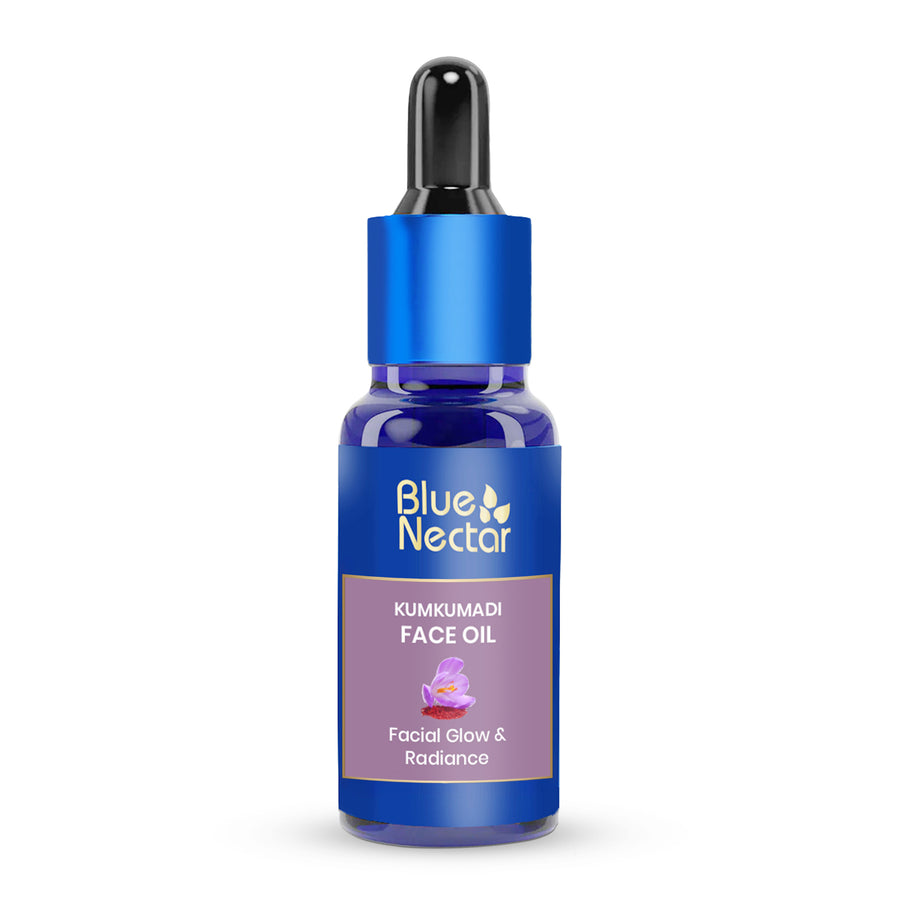
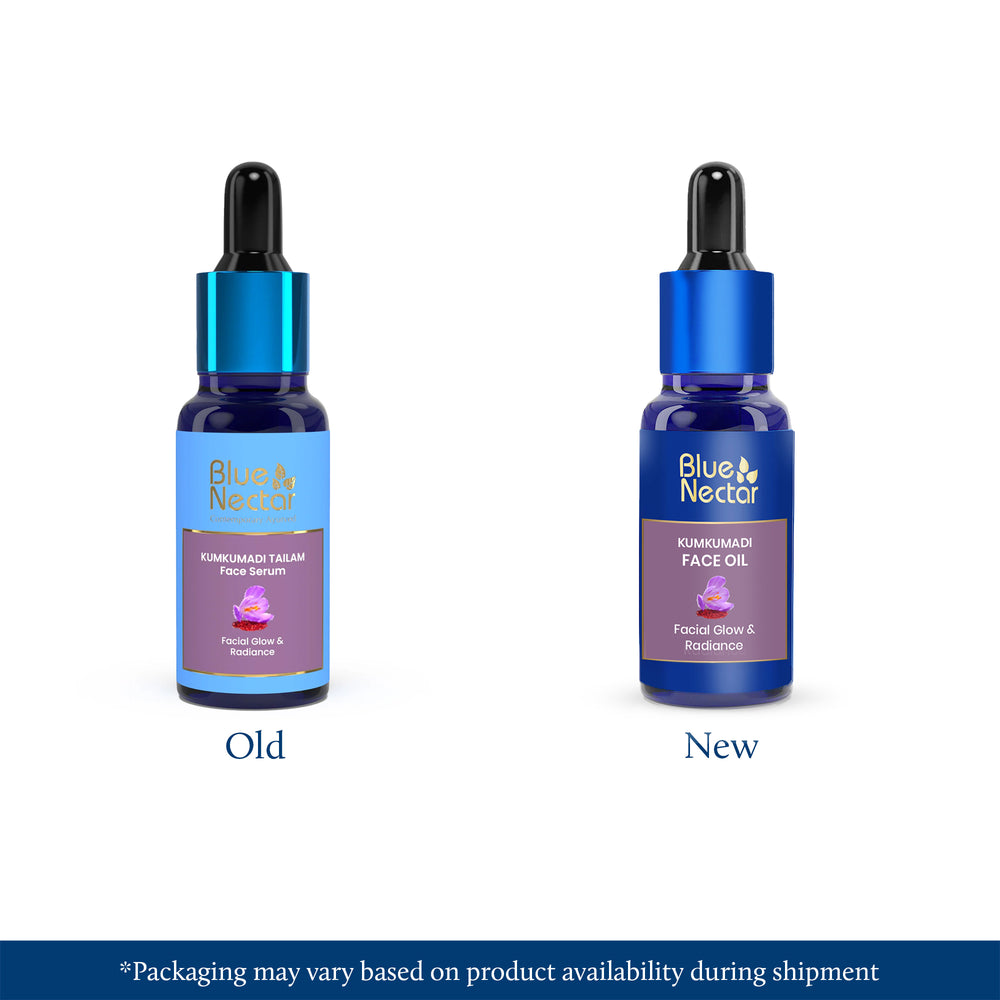
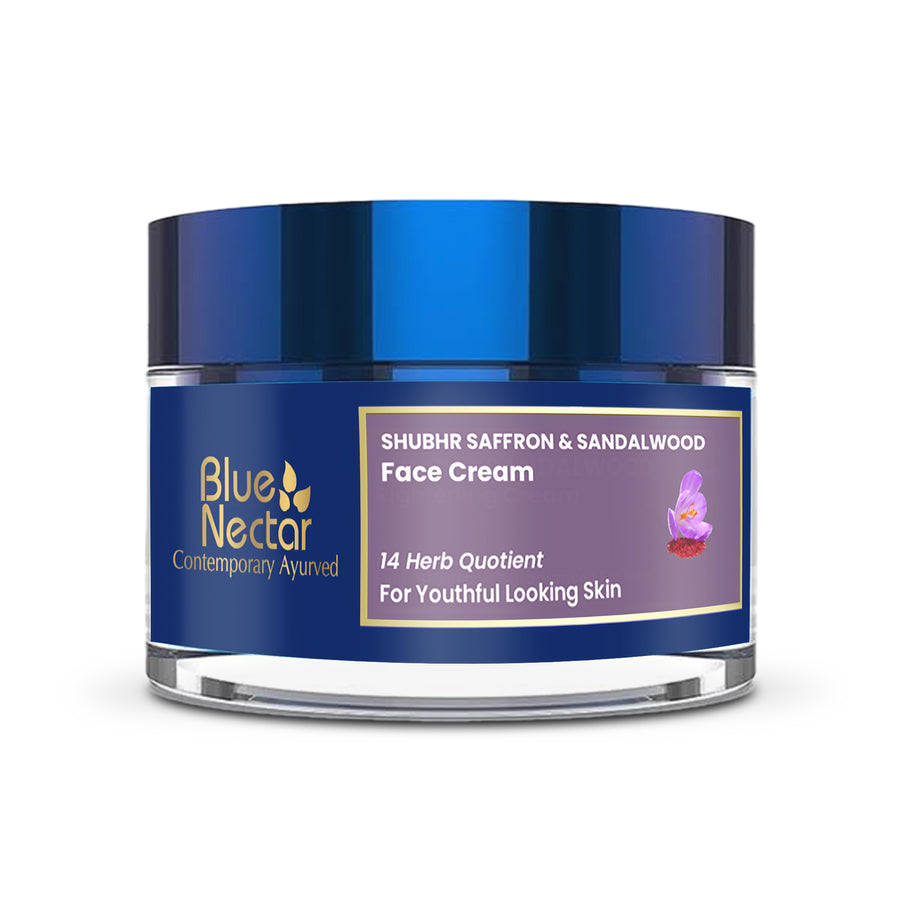
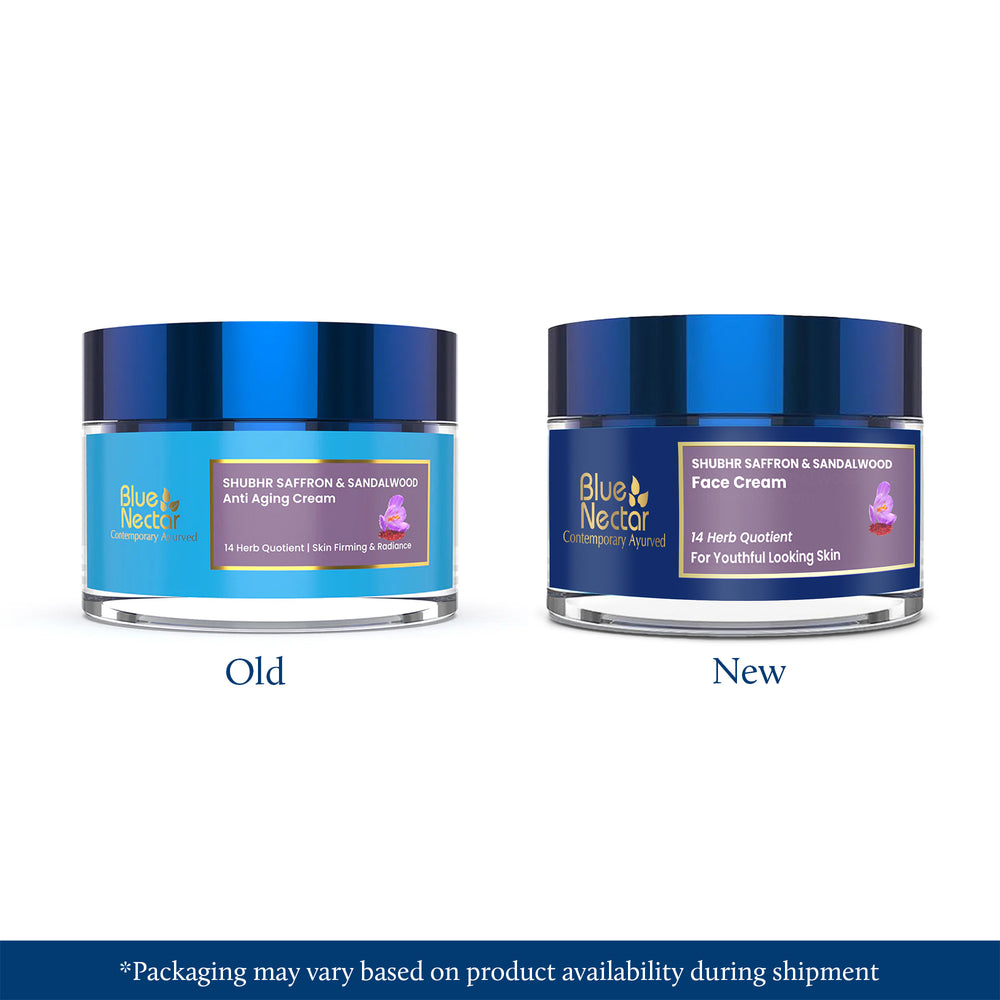
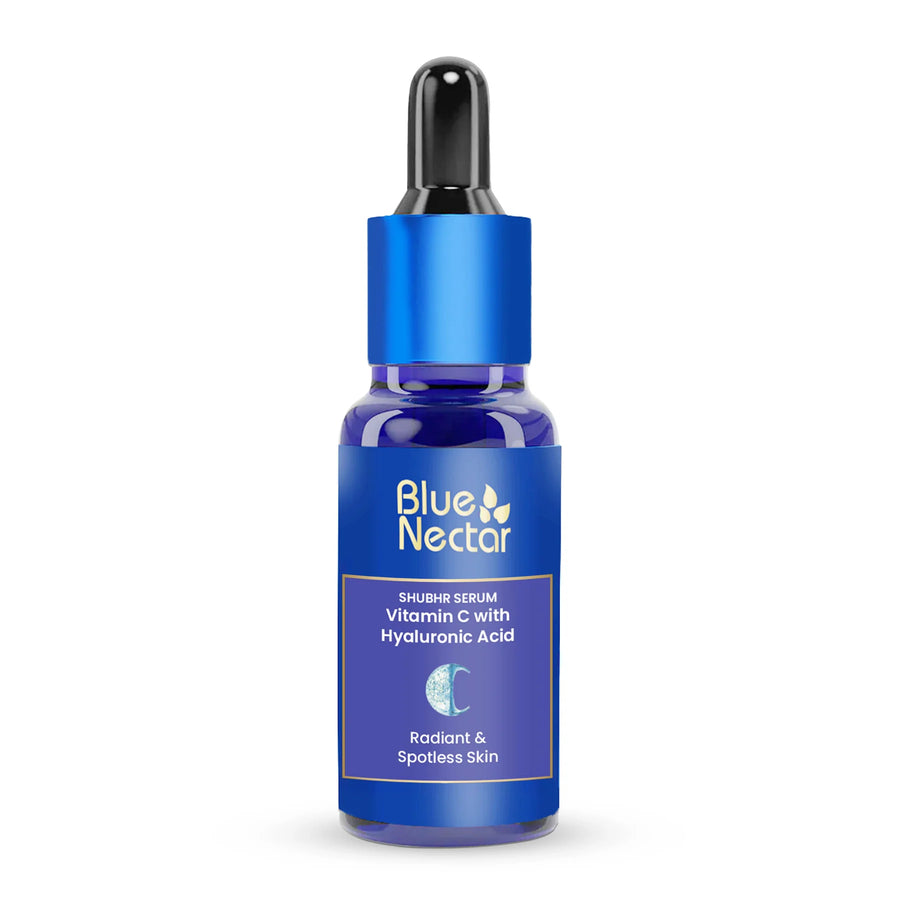
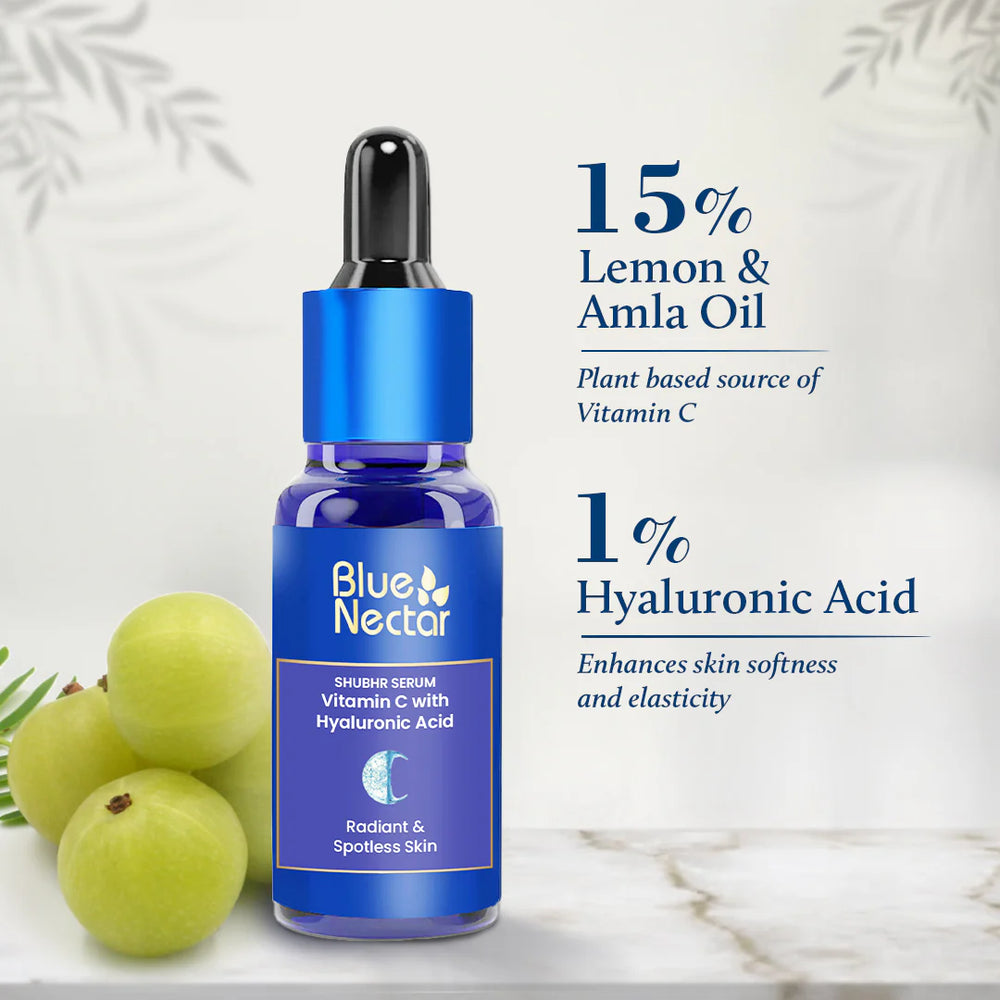

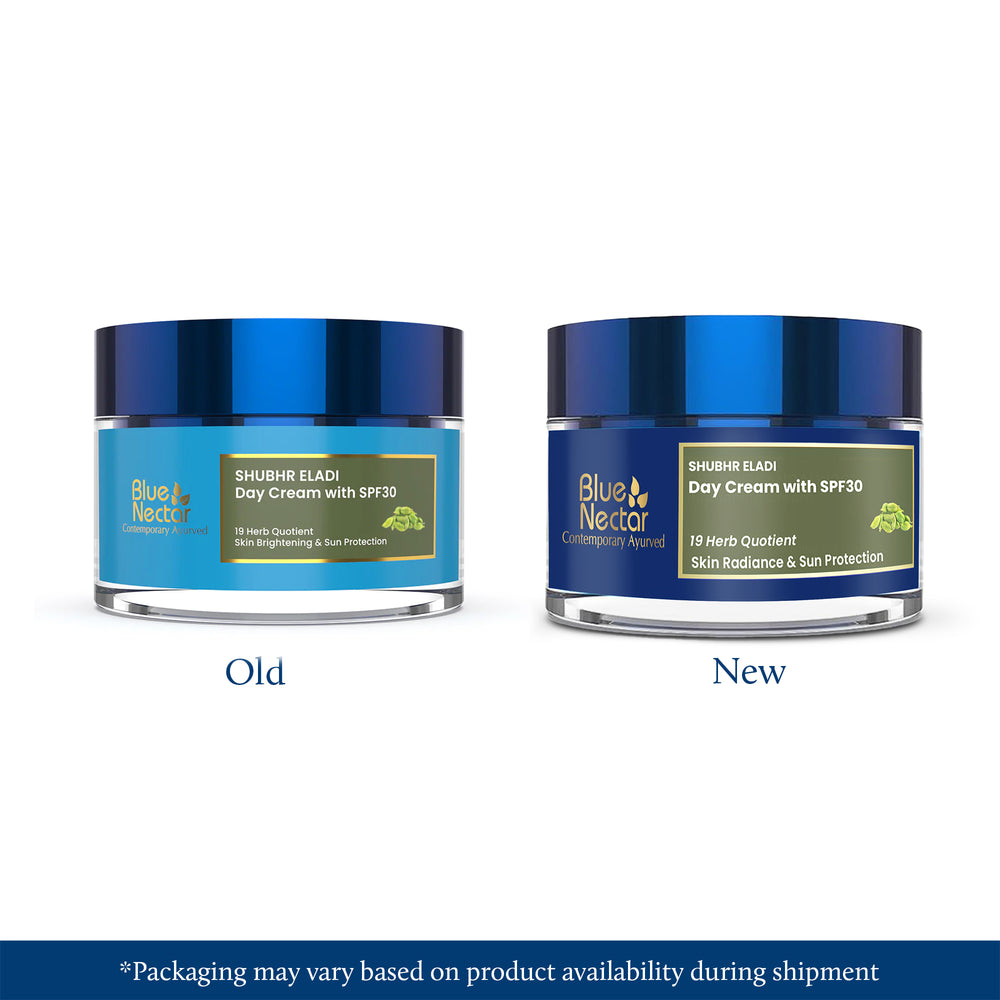
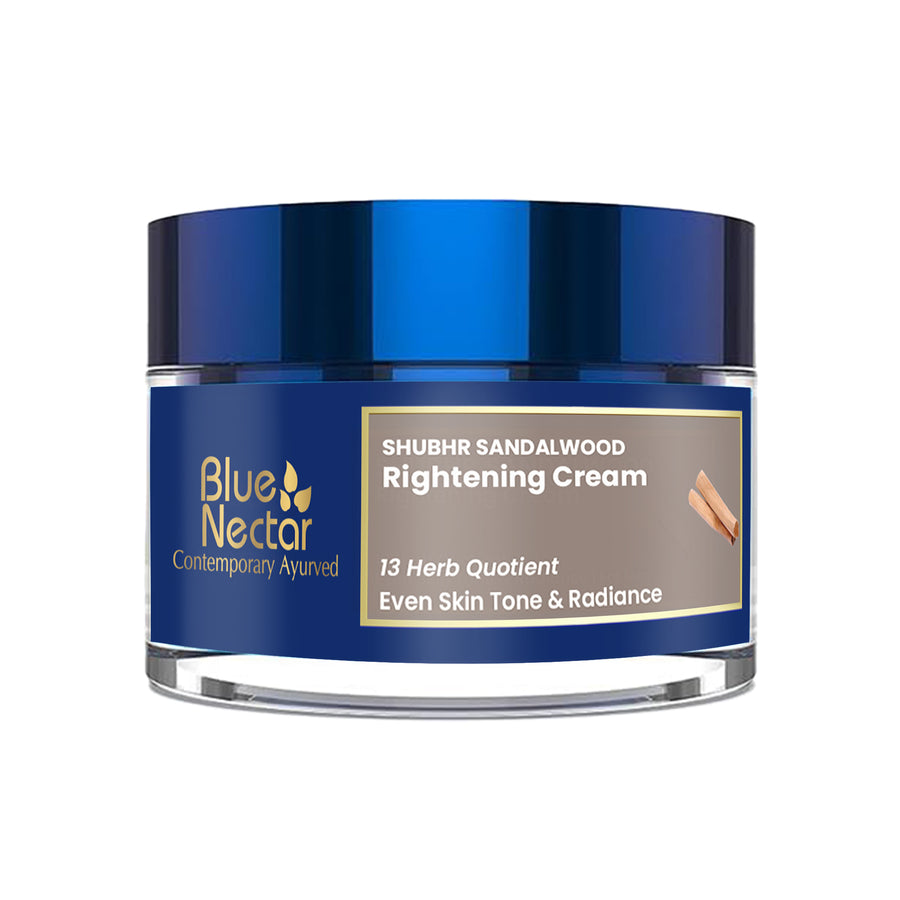
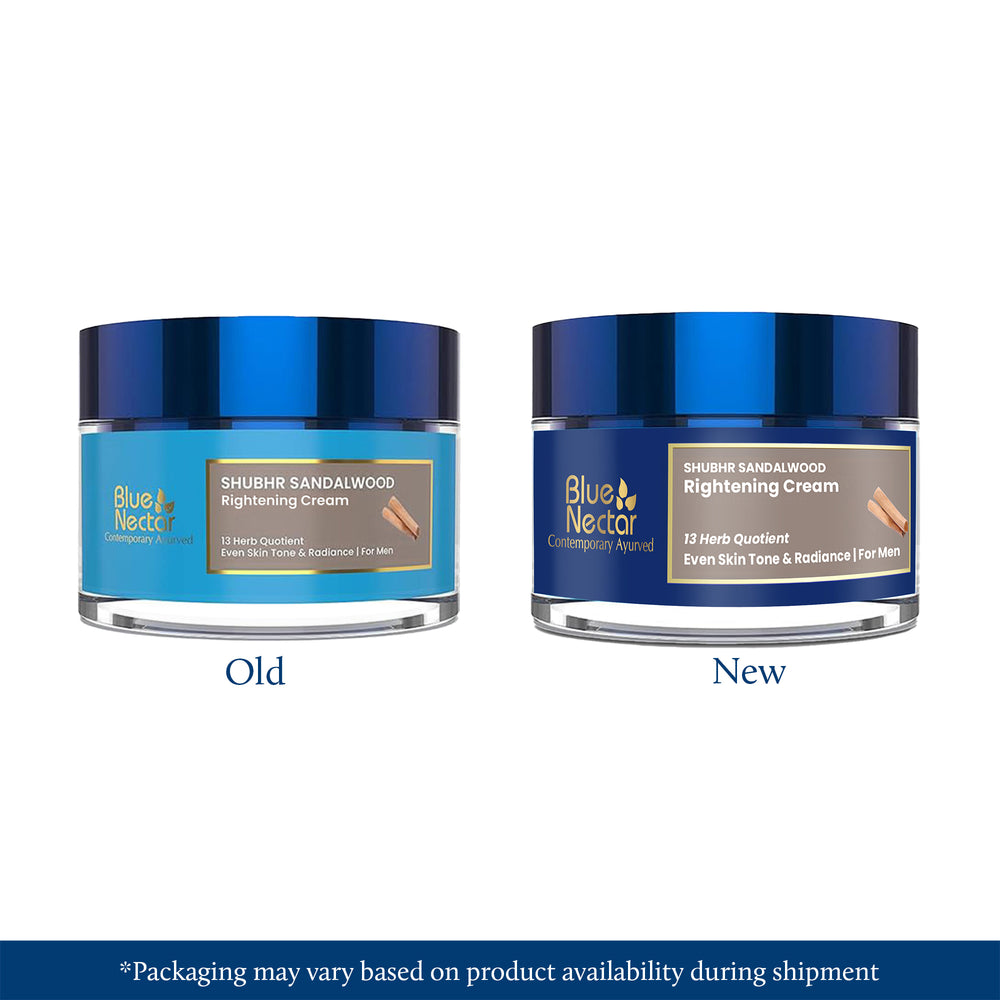




Leave a comment